Lighting OptionsInterior, Exterior & Natural Lighting
Shelter Works offers many interior and exterior lighting options - including natural lighting methods that don't require electricity.
Our design team can work with you to integrate virtually any lighting and electrical your application requires. This work can be completed in our controlled production environment to minimize onsite construction.
Interior Lighting
Natural Lighting Options
Skylights
Exterior Lighting
Battery Backup
Explosion Proof
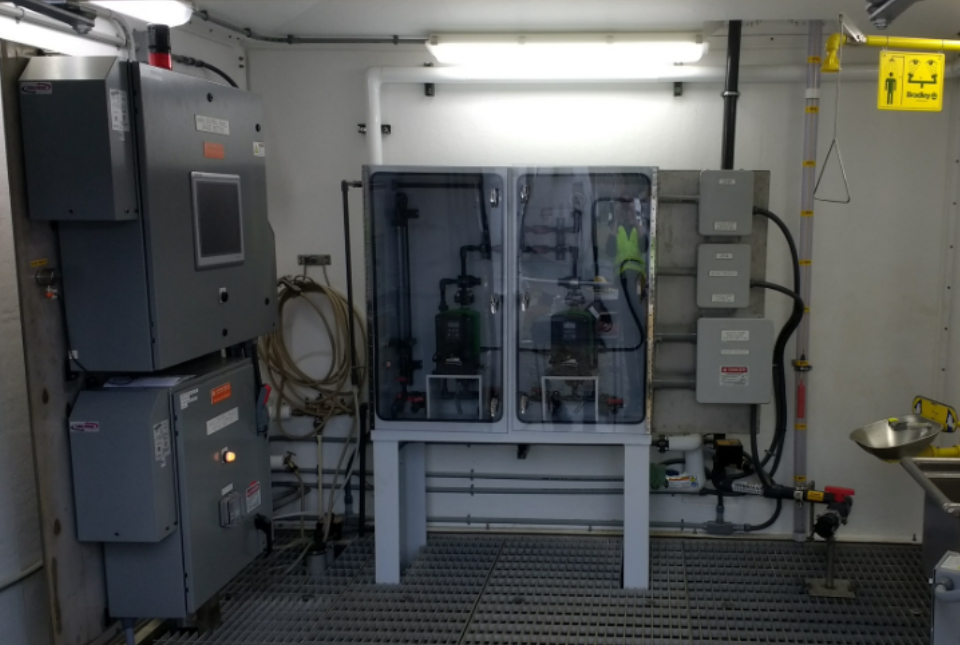
Interior Lighting
LED lighting offers excellent durability, energy efficiency, and an extended lifespan. In industrial settings, lighting fixtures are subjected to harsh conditions, vibrations, and potential impacts. LED lights can withstand the rigors of most environments, reducing the frequency of replacements and associated maintenance costs.
The energy efficiency of LED lights is ideal for industrial and municipal applications, where lighting often accounts for a significant portion of total energy consumption. The ability of LEDs to convert a higher percentage of energy into visible light, as opposed to heat, results in substantial energy savings, contributing to both cost savings and environmental sustainability.
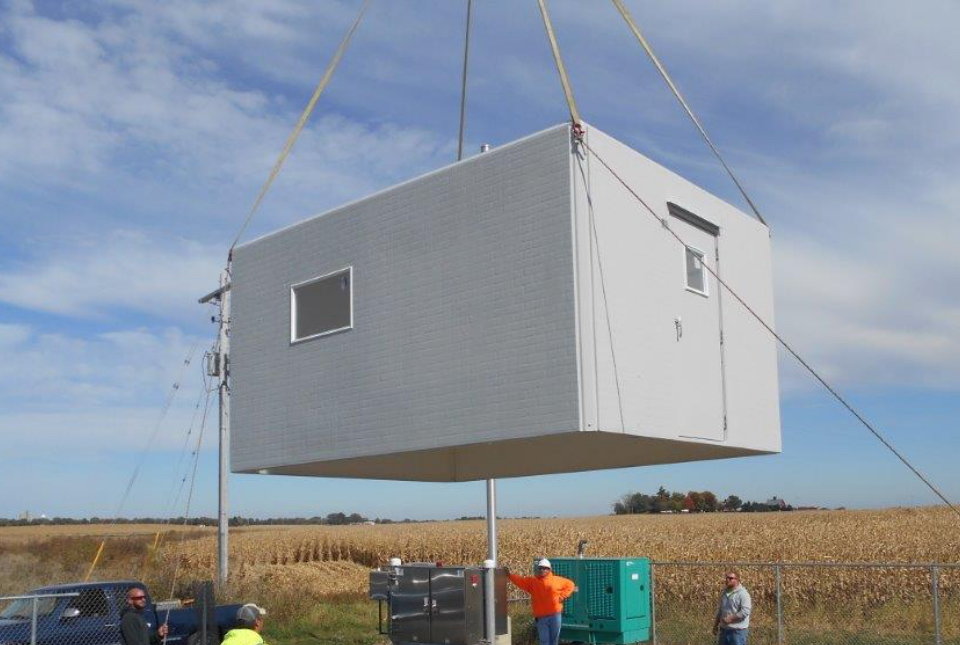
Natural Lighting - Windows
For installations with no or limited access to electricity, windows can be added to the shelter to provide natural daylight to illuminate the shelter's interior.
The drawbacks to windows are that they only function well during daylight hours and often allow anyone to see into the shelter.
At Shelter Works, we can outfit shelter walls or doors with windows utilizing various glazing options, including tempered glass, laminated glass, and acrylic.
Learn More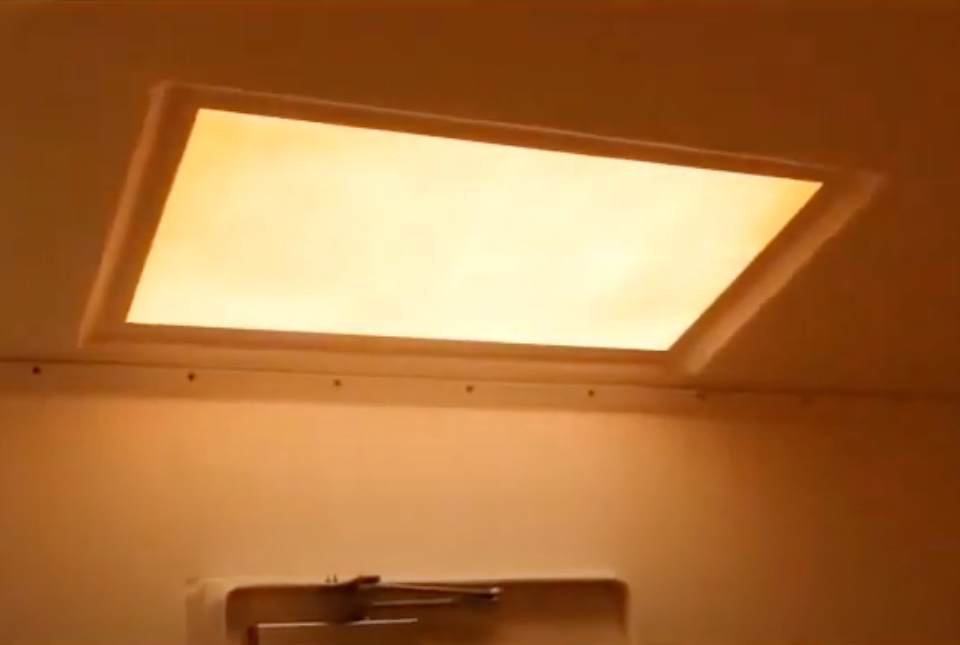
Natural Lighting - Skylights
For many applications, skylights can represent a better light source than windows while limiting people from seeing the interior of the building.
Plus, we have designed skylights that are guaranteed not to leak.
Our unique manufacturing process allows us to integrate translucent sections into the shelter's roof seamlessly. We manufacture the skylights into the shelter rather than cutting a hole in the roof and adding a skylight.
Learn More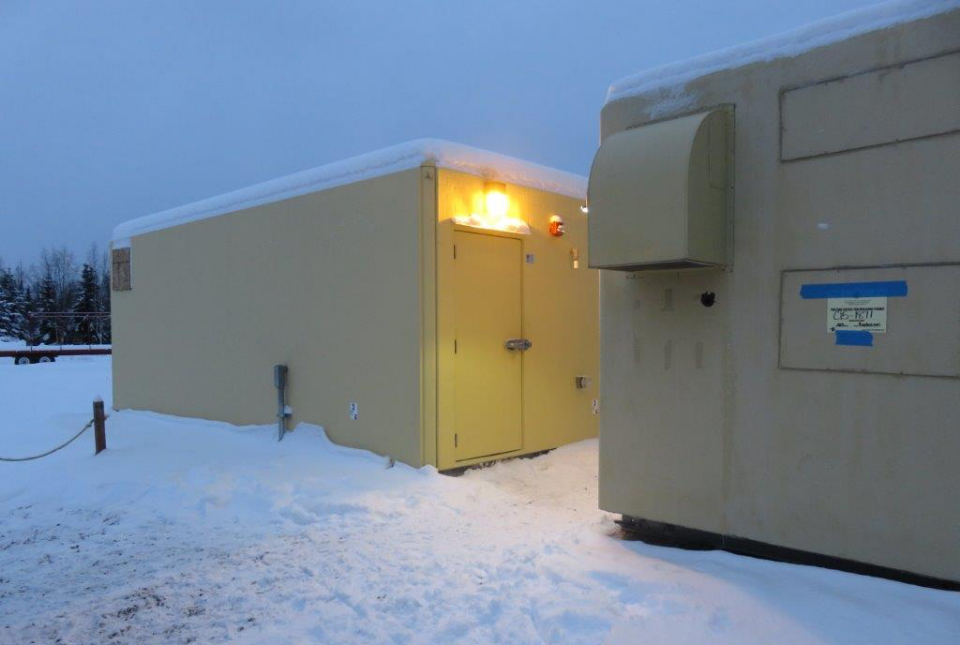
Exterior Lighting
Exterior lighting provides nighttime visibility and added security. The most popular is the wall pack floodlight that attaches to the equipment shelter’s facade. There are three options available:
- Dusk to dawn illumination provided by a photocell
- Motion-activated lighting
- Switch control only or switch over-ride
LED lights offer brighter white illumination, a longer life, and more significant energy savings. They are manufactured with plastic (not glass), which withstands environmental abuse better. Compared to the previously used high-pressure sodium lighting, LED lights turn on instantly - even in cold environments.
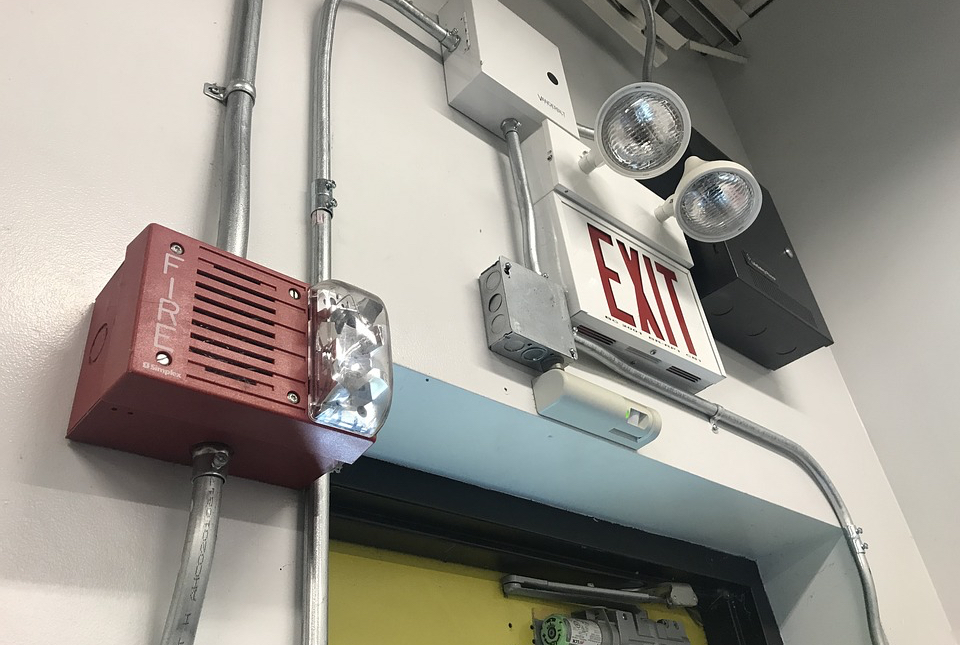
Emergency / Battery Backup
Shelters can also be outfitted with battery backup lighting for instances of a power outage. There are two standard options available:
- Emergency: Turn on when the power goes out
- Stand-by: Stores the battery power until the light is manually switched on
Both options provide up to 90 minutes of illumination once turned on. Stand-by is typically ideal for remote locations or when repairs can’t begin immediately. Emergency Lighting is better for situations where someone may be present in the shelter when the power is lost. Both types are available in LED and incandescent options and can come with or without exit notification.
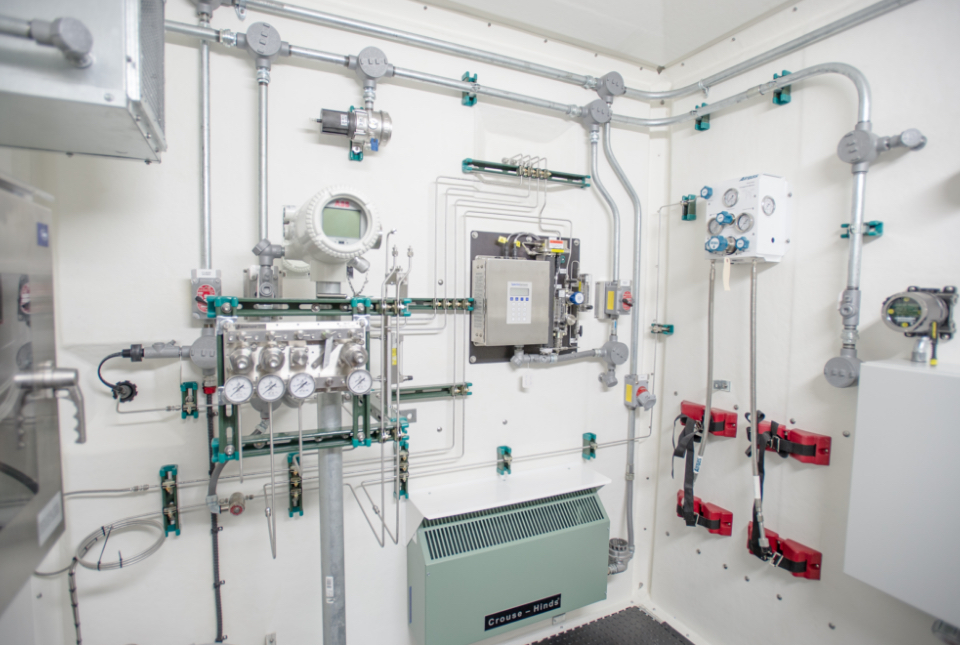
Hazardous Location / Explosion Proof
For applications with hazardous environments, shelters can be outfitted with an explosion-proof electrical system designed to prevent an internal spark or explosion from causing a much larger blast.
Typical applications include those that the National Fire Protection Association (NFPA) defines as Class I Div I or Class I Div II - where flammable gases or vapors are or may be present in quantities sufficient to produce explosive or ignitable mixtures in both normal and abnormal operations.

